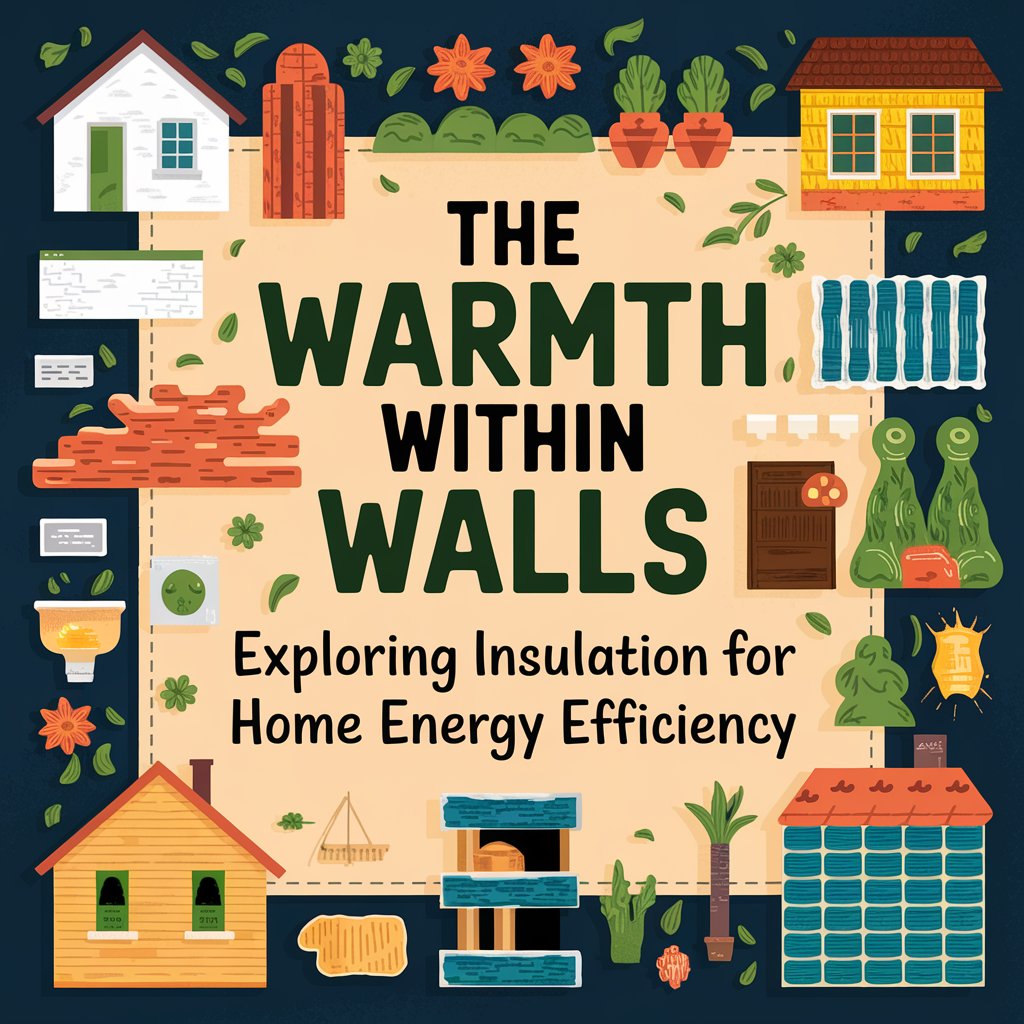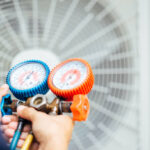In the quest for a cozier, more efficient home, an often overlooked hero is insulation. This unsung champion plays a crucial role in maintaining indoor comfort, reducing energy bills, and enhancing the overall sustainability of a dwelling. For homeowners eager to improve their living spaces while keeping utility costs in check, understanding proper insulation is key.
In this blog, we will uncover how proper insulation can transform your home into an energy-efficient haven. We’ll discuss types of insulation, installation tips, and the potential benefits that come with this home improvement.
Why Insulation Matters
Insulation is not just about keeping your home warm in winter; it also keeps it cool in summer. It acts as a barrier against heat loss and gain, ensuring that your home remains at a comfortable temperature year-round with minimal energy use.
Proper insulation can significantly reduce heating and cooling bills, accounting for about 50-70% of the energy used in the average American home. By limiting the amount of heat that escapes or enters your home, you’ll rely less on heating systems and air conditioners, which translates into lower energy bills.
Beyond financial savings, effective insulation helps reduce your carbon footprint. By minimizing the need for excessive heating and cooling, your home uses less energy, contributing to environmental conservation and sustainability.
Types of Insulation
There are several types of insulation materials, each with unique properties and benefits. Understanding these options can help you choose the best insulation for your home.
Fiberglass Insulation
Fiberglass insulation is one of the most popular choices for homeowners due to its affordability and effectiveness. It’s typically used in walls, attics, and floors and comes in rolls or loose-fill forms. This material is made from recycled glass and sand, making it an eco-friendly option.
Fiberglass insulation works by trapping air within its fibers, reducing heat transfer and keeping your home warm in winter and cool in summer. It’s also resistant to moisture, although care should be taken during installation to avoid gaps.
Spray Foam Insulation
Spray foam insulation is a versatile option that expands upon application to fill gaps and seal leaks. It’s ideal for hard-to-reach areas and provides excellent air sealing properties. Due to its dense nature, it offers high thermal resistance, making it a favorite for energy-saving enthusiasts.
While spray foam insulation is more expensive than fiberglass, its superior performance in reducing air leaks can lead to significant long-term energy savings. However, it requires professional installation to ensure safety and effectiveness.
Cellulose Insulation
Made from recycled paper products, cellulose insulation is another eco-friendly choice. It’s typically used for attic insulation and is known for its ability to conform to spaces and provide comprehensive coverage.
Cellulose insulation is treated with fire-retardant chemicals for safety and offers excellent noise reduction properties. Like fiberglass, it can be installed as loose-fill or blown-in insulation, making it flexible for different applications.
Assessing Your Current Insulation
Before embarking on an insulation upgrade, it’s essential to assess your current insulation’s effectiveness. Understanding where your home may be losing energy can guide you in making the right improvements.
Checking Insulation Levels
Start by checking the insulation levels in your attic, walls, and floors. Use a flashlight to inspect the thickness and condition of existing insulation. If it appears compressed or there are visible gaps, it’s likely time for an upgrade.
Consider hiring a professional to conduct an energy audit. They can provide valuable insights and identify areas where insulation is insufficient, helping you prioritize improvements for maximum efficiency.
Identifying Air Leaks
Air leaks are a common issue in many homes, leading to energy loss and increased utility bills. Inspect areas around windows, doors, and electrical outlets for drafts. Sealing these leaks with caulk or weatherstripping can complement your insulation efforts.
For larger gaps or leaks, spray foam insulation may be the solution. Its expanding properties make it ideal for filling voids and preventing air infiltration, enhancing overall energy efficiency.
Installing Insulation for Maximum Efficiency
Proper installation is crucial for insulation to perform effectively. Whether you’re tackling a DIY project or hiring professionals, following best practices ensures your investment delivers the desired results.
DIY Insulation Tips
If you’re comfortable with home improvement projects, installing fiberglass or cellulose insulation can be a rewarding DIY task. Always wear protective gear, such as gloves and masks, to safeguard against irritation from insulation materials.
Ensure even coverage and avoid compressing the material, as this reduces its effectiveness. Take care to seal any gaps or joints to prevent air leakage, maximizing your home’s energy efficiency.
Professional Installation
For more complex projects or when using spray foam insulation, hiring professionals is advisable. They have the expertise to ensure safe and effective installation, adhering to building codes and safety standards.
Professional installers can also provide recommendations tailored to your home’s unique needs, optimizing insulation performance and energy savings. For example, a new roof in West Valley City can benefit from expert insulation assessment and installation.
Maintenance and Upkeep
Once your home is properly insulated, regular maintenance ensures continued performance and energy savings. Keep an eye on insulation levels and address any issues promptly.
Inspecting Insulation
Periodically check your insulation for signs of wear, moisture damage, or pest infestation. Address any problems immediately to prevent further damage and maintain efficiency.
Clean your attic and crawl spaces regularly to prevent dust accumulation, which can reduce insulation effectiveness. Consider scheduling regular inspections with a professional to identify potential issues early.
Enhancing Energy Efficiency
Beyond insulation, there are additional steps you can take to enhance your home’s energy efficiency. Install energy-efficient windows, upgrade your HVAC system, and incorporate smart home technology to optimize energy use.
Engage with local energy efficiency programs and initiatives. They often offer incentives or rebates for homeowners making energy-saving improvements, providing a financial boost to your efforts.
Conclusion
Proper insulation is a powerful tool in enhancing home energy efficiency, offering both financial savings and environmental benefits. By understanding insulation types, assessing current levels, and ensuring proper installation, homeowners can transform their living spaces into energy-efficient havens.
Investing in high-quality insulation not only improves comfort but also contributes to a sustainable future. For those ready to take the next step, consider consulting with professionals who can guide you in making informed decisions tailored to your home’s needs.
Whether you’re embarking on a DIY project or seeking expert assistance, the path to energy efficiency begins with proper insulation. Start today and enjoy the warmth and savings that come from harnessing the power of insulation.






